FAQ
- Bolivia climbing questions
-
Mallorca island and rockclimbing
- What are main specifics of rockclimbing trip to Mallorca
- Mallorca island impressions
- Rockclimbing safety Spain
- Mallorca climbing accommodation
- What season is possible for rockclimbing in Mallorca
- Transport accessibility of climbing sectors in Mallorca
- Active vacation in Mallorca
- Saint Anthony night in Mallorca
- Peru climbing questions
- Gear reviews
-
Safety in the mountains
- How NOT to climb the summit?
- Mountain navigation
- At the limit of possibilities
- Mountain thunderstorm
- Solo ascents and mountain trips alone
- Mutual responsibility in mountaineering
- Safety illusions in the mountains - a rope
- Independent team of two
- Mountain troubles
- Psychological problems in the mountains
- Health in the mountains
-
Elbrus questions
- Elbrus climbing gear
- Climbing Elbrus with children?
- Mount Elbrus location?
- Elbrus logistics
- How to get to Mount Elbrus?
- Elbrus German airfield?
- Elbrus difficulty grade
- 5 points beginner must know about Elbrus
- How to prepare for Elbrus?
- Are there avalanches on Mount Elbrus?
- Climbing Elbrus solo?
- Seasonality of climbing Mount Elbrus
- How much time climbing Elbrus takes?
- Clothes for Mount Elbrus?
- Pressure at the top of Elbrus?
- Elbrus air temperature
- Elbrus sightseeing
- How much to climb Elbrus
- Gear questions
- Mountaineering questions
- Mountain climbing training
-
Rockclimbing questions
- Rockclimbing gear
- How to choose your first rockclimbing shoes
- The hand power in roclcimbing
- What is Rockclimbing tours
- Non olymnic rockclimbing
- What is rockclimbing?
- Where do you climb?
- Where and when we organize our rockclimbing programs?
- What is rockclimbing?
- Rockcliming program class?
- Climbing motivation
- Horse riding tours
- Iceclimbing questions
-
Questions on the alpine programs
- What to climb in Morocco?
- Weekend summit climb
- Georgia 2023
- Pico Aneto - what is that mountain?
- Mountain programs format
- Mountain climbing food ration
- Queries on the alpine program climbing Mount Bazarduzu
- Queries on the Kamchatka alpine program climbing
- What is combined program?
- What is sightseeing program?
- What is pilot program?
- What programs you have of the medium complexity level?
- Basic expedition rations
- Prices for the mountain climbing programs
- Queries on the Mountain Course in Adyl Su valley
- Program complexity?
- Questions about MCS AlexClimb
- Questions related to trekking programs
Mountain sickness
Read in Telegram in English
Leer en Telegram en español
The influence of high altitude on the human body. Acclimatization and altitude sickness (Hypoxia)
What is "acute mountain sickness (AMS)"? The main causes, signs and possible consequences of AMS in the mountains.
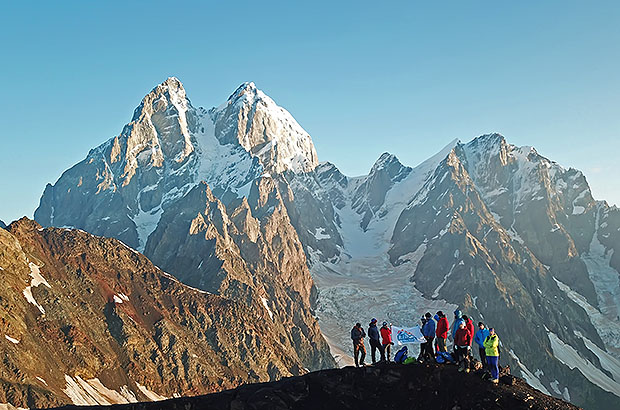
The famous Ushba on the background This material does not pretend to any scientific scrupulousness, the author apologizes in advance for all inaccuracies made from a medical point of view. The information below is based on the personal experience of our guides working on high-altitude mountain routes without the use of oxygen.
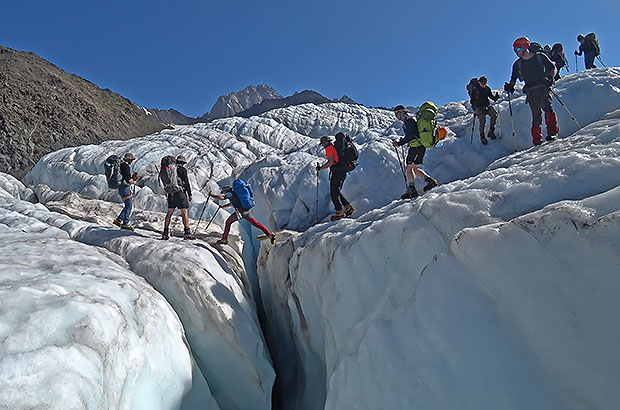
Strictly speaking, there is not that much information about the exact causes and physiological processes occurring in the human body in conditions of lack of oxygen in the mountains. Studies conducted within the framework of scientific research of an applied nature, as a rule, had either military or space tasks, and weakly intersected with the specifics that people face while committing high-altitude ascents.
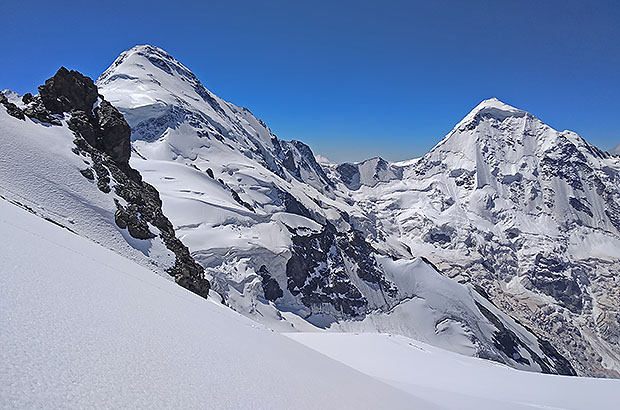
"Mountain sickness" - this is a common name for a complex of physiological disorders that occur in the human body while staying at high altitude. This phenomenon is not pathological, it is not a disease, in the true sense of the word. "Mountain sickness" is a functional disorder associated with the body's response to a lack of oxygen. The human body can adapt to this state, but it requires complying with certain conditions.
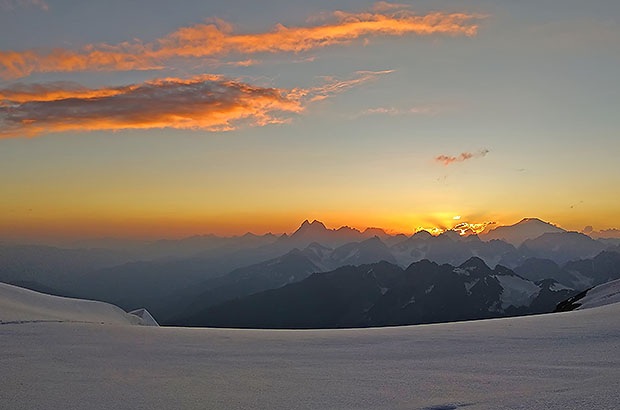
If these conditions are not fulfilled, a functional failure occurs, which can be expressed in a variety of painful manifestations. In most cases, when descending to the usual altitude horizon, all troubles caused by AMS pass without consequences.
Let's see what is the origin of "mountain sickness"?
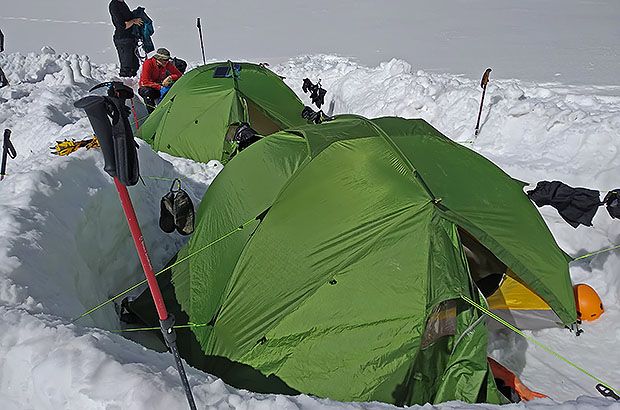
With a sharp gain of altitude, the oxygen content, which is necessary for the normal functioning of our body, is significantly reduced. Our body can easily adapt and harmlessly stay in conditions of moderately rarefied air. But for this, it needs time to reconfigure functions and redistribute a limited amount of oxygen. This process is called acclimatization.
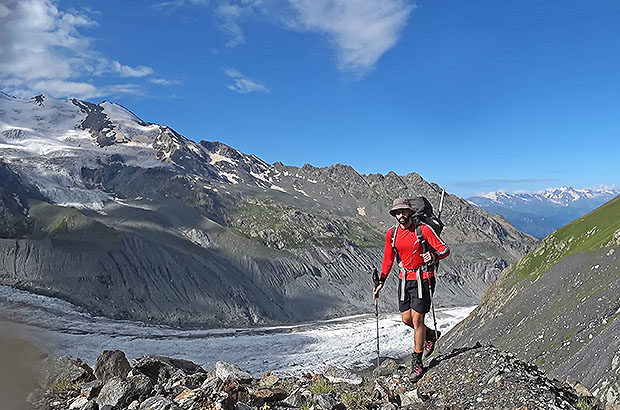
The altitude at which human body cannot acclimatize and exist for a long time is called the "death zone". In the moderate latitudes, this altitude is approximately 6500 meters above sea level. Up to this level, a normal and healthy human body can adapt to a long-term existence without serious risks for the health.

However, for many climbers, altitude problems begin much below the "death zone" - at generally moderate altitudes of 3000-4000 meters. Why that happens?
First, with a violation of the physiological acclimatization schedule - a sharp altitude gain, getting to the altitude with the help of mechanical means - a helicopter, a snowcat, a snowmobile, consequent decrease in physical activity after gaining altitude. All these factors can lead to unpleasant consequences, of which the most common are headache, nausea, vomiting, lack of sleep and appetite, and significant decrease of the life energy level.
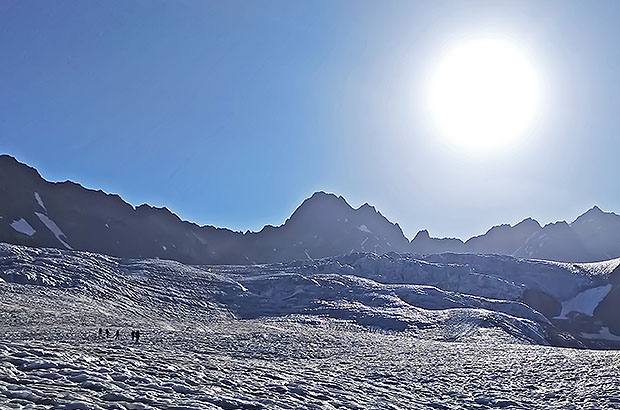
However, in addition to these listed complications, problems that are more serious may arise due to “mountain sickness” which are associated with exacerbation of chronic diseases. The fact is that "acute mountain sickness" - hypoxia - does not have a specific set of symptoms. This is a general functional disorder, the course of which occurs more or less individually in each case. We can say that the lack of oxygen hits the body in the most vulnerable parts.
Sometimes, these hits can be extremely serious - there are many cases when the acute course of "mountain sickness" led to the development of diseases such as cerebral edema, pulmonary edema, acute pneumonia, stroke, etc. You can understand that the appearance of such diseases in the difficult conditions of high mountains, as a rule, proceeds quickly and often lead to the most serious consequences.
How can you predict "mountain sickness" and avoid its acute manifestations?
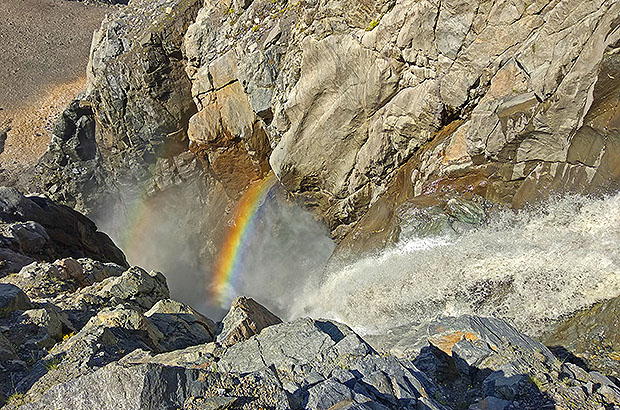
The answer is surprisingly very simple. There are just few simple rules.
The acclimatization schedule should be smooth, the altitude gain should be gradual, the physical loads should be moderate, and the rest should be sufficient.
Acclimatization routes, as a rule, begin at an altitude of no more than 2000 meters - this level, in the vast majority of cases, does not pose a danger even to people who go to the mountains for the first time. From this level, radial climbs are done with a gain of 700-900 meters, followed by a descent to the camp and a good rest in comfortable conditions.
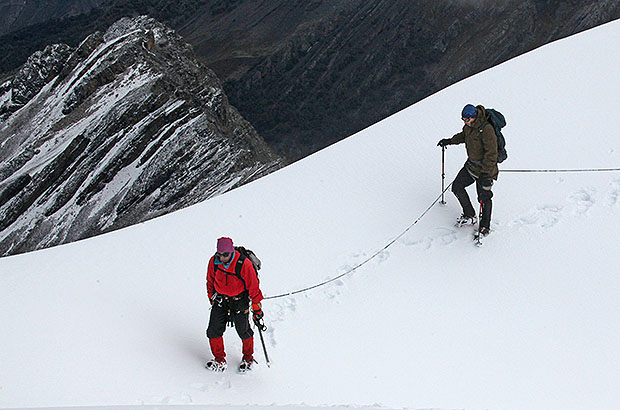
After two or three days, you need to spend the night at an altitude of about 3000 meters - in the absence of pronounced health problems and signs of hypoxia, you can continue acclimatization for a kilometer higher. Generally, recognized signs of successful acclimatization are normal sleep and appetite. If, for example, at an altitude of 4000 meters a person can sleep, recover during sleep and fully digest food - this means that he can continue to climb and acclimatize for another 1000 meters up. And so on.
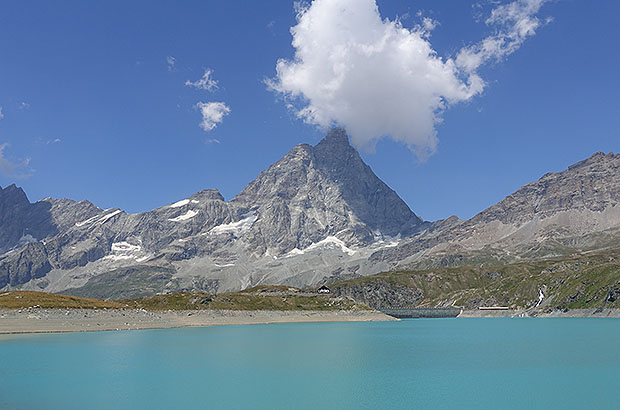
When forcing the acclimatization schedule, reducing the recovery time, doing excessive physical exertion, using mechanical means for transportation, the normal acclimatization process fails, which can lead to the consequences mentioned above.
The best way if not to avoid "mountain sickness", but at least significantly reduce the likelihood of serious consequences - is to apply the common sense and experience. You should never neglect the symptoms of altitude sickness or try to cure them staying at the same altitude, - these mistakes usually lead to the most disastrous consequences.
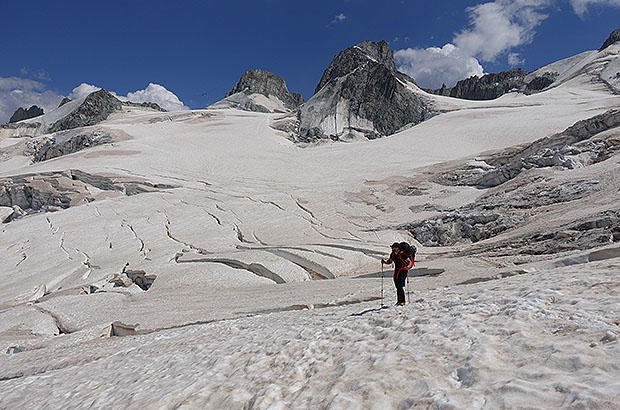
At the same time, you should not assume that staying at high altitude will be absolutely comfortable and will not cause any inconvenience to you in the first days. This is wrong. Staying in the mountains, adapting the body to difficult high-mountain conditions is a complex physiological and psychological process for which you need to prepare yourself in advance.
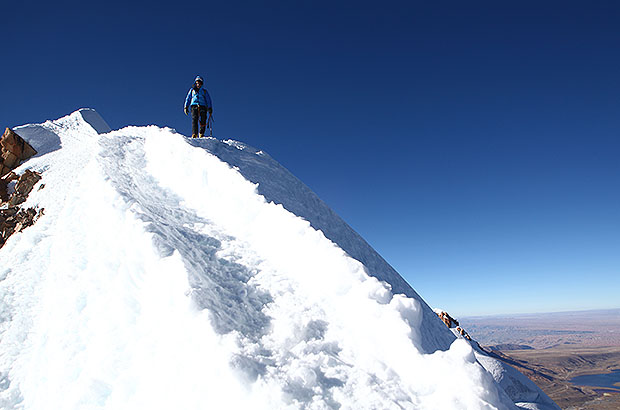
Being in the mountains is always associated with increased physical loads, extreme stress for the body. Therefore, in order for the process of acclimatization to proceed as least painfully as possible and not to turn into a dangerous to health form of "mountain sickness", one should regularly exercise, do not abuse fatty and high-calorie foods while staying in the mountains, refrain from alcohol and smoking...
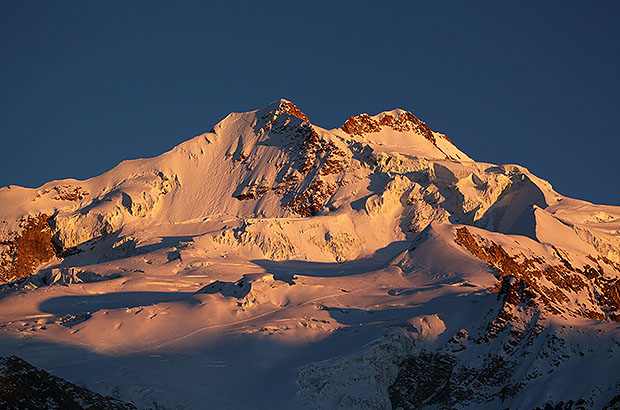
But, since we all, to one degree or another, violate these ideal recommendations, we can only rely on our own reason, experience and care of our friends around us - this is the best protection and the most reliable shield against all unpleasant situations, not only in the mountains, but and in our normal daily life as well.
Author of text and photos - Alex Trubachev
MCS EDIT 2023
Our Principles
AlexClimb Rule #1 - Safety First
From the very beginning of our activity, here nearly 16 years, the first Principle of work of School of mountaineering and rock-climbing of MCS AlexClimb is the Safety Priority. On the basis of this Principle all process of training is based, all programs and rounds are developed and carried out only within this main principle. We consider that at professional approach to development of programs, at personal discipline and correctly put motivation - occupations by mountaineering and rock-climbing are COMPLETELY safe. And from the return - all troubles and accidents in our sport come from nonprofessionalism, from ignorance or neglect by elementary standards of safety, from irrational motivation, from revaluation of own forces and opportunities. All these prerequisites we COMPLETELY EXCLUDE in our work - ours Rock-climbing, Ice climbing and Mountaineering are based on one Principle - the Safety Priority. In rock-climbing, mountaineering and ice climbing, the Priority of Safety of MCS AlexClimb-is your personal security and comfort irrespective of, than we are engaged - we train muscles and we work technology of the movement in the sports hall and on the rock climbing wall, we make the way through snowstorm to top or we relax on golden sand of the Caribbean beach after hot day of trainings on rocks. The Safety priority - the main credo of School of mountaineering and rock-climbing of MCS AlexClimb.
AlexClimb Rule #2 - Leave No Trace
Closely interacting with Nature, working with the active programs in mountains, woods, lakes and rivers, we perfectly understand the importance of carefull and respectfull bahavior towards the Nature, for its resources. From the very beginning of our outdoor-activity we adopted rules of Leave No Trace technique - the standard of behavior of the person accepted in all the civilized world in relation to environment and especially - to the wild nature. After all on the relation of people to the nature near which they exist, itself can draw dalekoidushchy conclusions on the relation of these people to... Where and as we didn't travel - we don't reserve any garbage, we try to reduce whenever possible our influence on environment to a minimum. We clear earlier zagryazyonny tourist parking of the left garbage, we take out and we take out to utilization places that to us other people left there. We consider that only thus, at personal individual consciousness of each citizen, each tourist, climber or autotraveller, we will be able to keep the nature surrounding us in its state, natural, suitable for life, - in it pledge of the healthy future for ourselves and our children.





